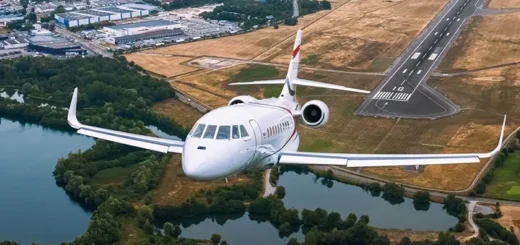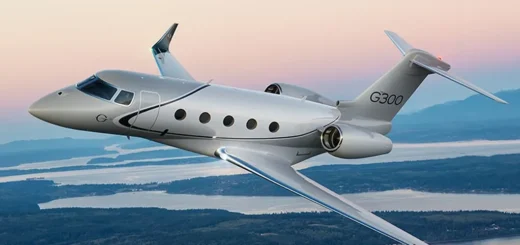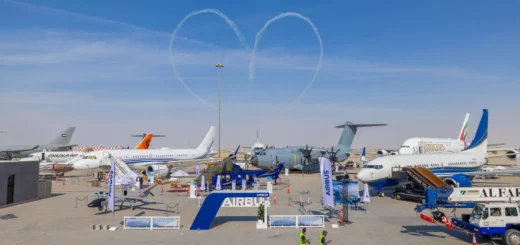Bombardier Global 8000: World’s fastest business jet completes maiden flight
Bombardier Global 8000 is the world’s fastest civilian aircraft with a top speed of Mach 0.92 at present. The ultra-long-range-business jet is set to enter service in the second-half of this year.

The world of private aviation just got a lot faster and more luxurious with the successful inaugural flight of the Bombardier Global 8000. Hailed as the fastest civil aircraft since the iconic Concorde, this business jet has recently executed a series of tests as part of a comprehensive production flight evaluations.
Set to redefine ultra-long-range-business aviation, the Global 8000 boasts a leading top speed of Mach 0.92, with an range of 4,200 nautical miles at its max speed. With its unique design and dynamics, the jet is said to have an impressive runway performance comparable to a light jet. This can help operators access smaller airports that are otherwise out of reach for aircrafts of this size.
Also Read: Embraer E-Jets post new developments with E190F “E-Freighter” and E2 family
The new business jet is essentially an evolution of Bombardier’s most renowned jet, the Global 7500. Featuring same cabin length as the 7500, the 8000 series claims better space and weight utilization, improved flying dynamics and updated engine control software. The aircraft is powered by two General Electric Passport turbofan engines generating a max thrust of 18,920 lbf (84.2 kN).
Moving on, the Bombardier Global 8000 sets new benchmarks in cabin luxury and comfort. The manufacturer has meticulously designed the cabin to offer an exceptional experience, featuring four true living spaces and a separate crew rest area. The jet also boasts the longest seated length in its class, offering ample space for passengers to stretch out and enjoy the flight.
Also Read: COMAC C919: Chinese passenger jet enters scheduled service outside mainland China
Moreover, a crucial aspect of passenger well-being on long flights is the cabin environment. The Global 8000 addresses this with an ultra-low cabin altitude of 2,900 feet. This significantly lower cabin pressure, compared to many other business jets, helps to reduce the effects of jet lag and fatigue for the passengers.
The test vehicle is said to have exceeded all expectations in its first flight. After the completion of interiors, the aircraft is set to enter service in the second half of this year.









